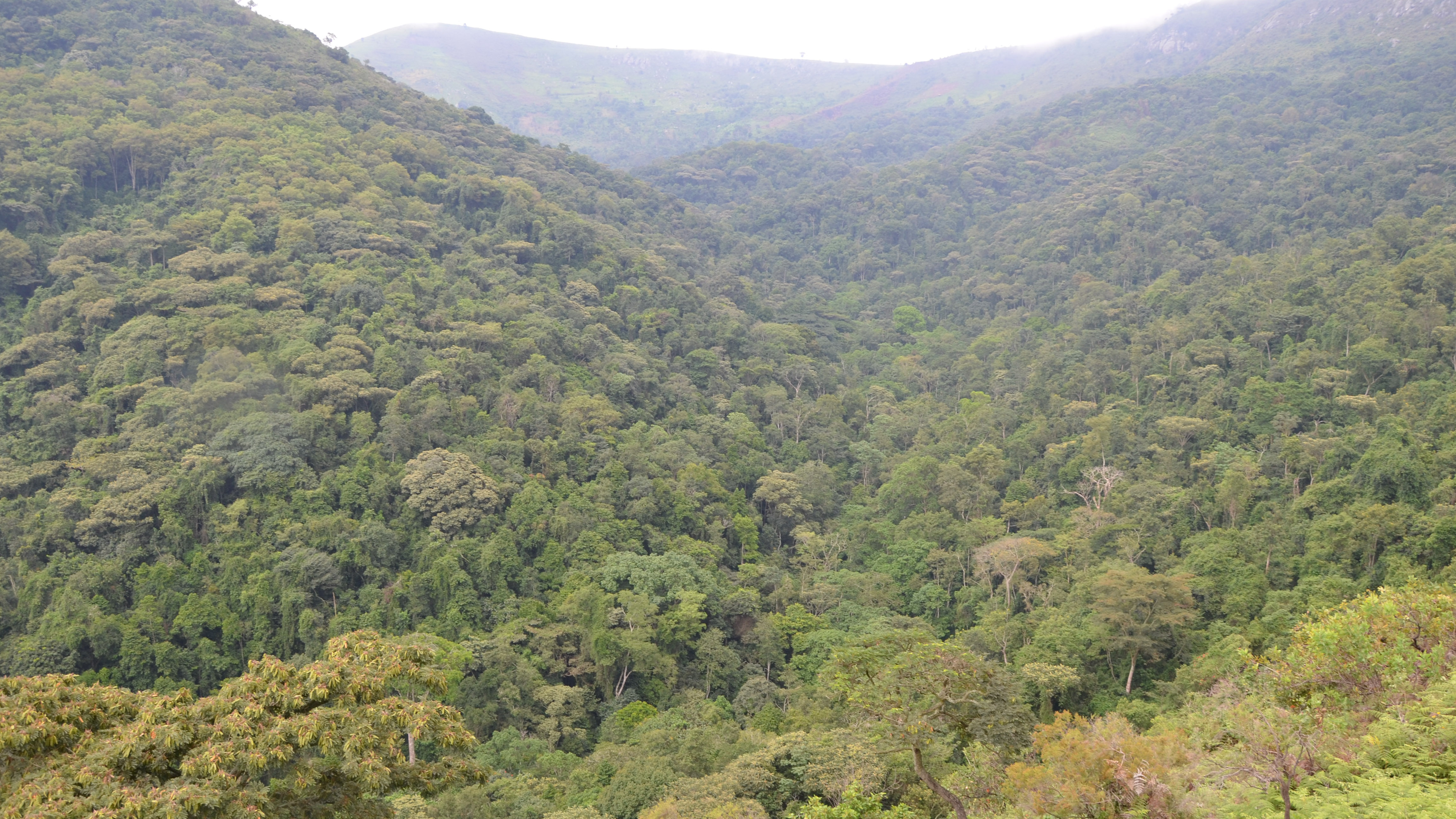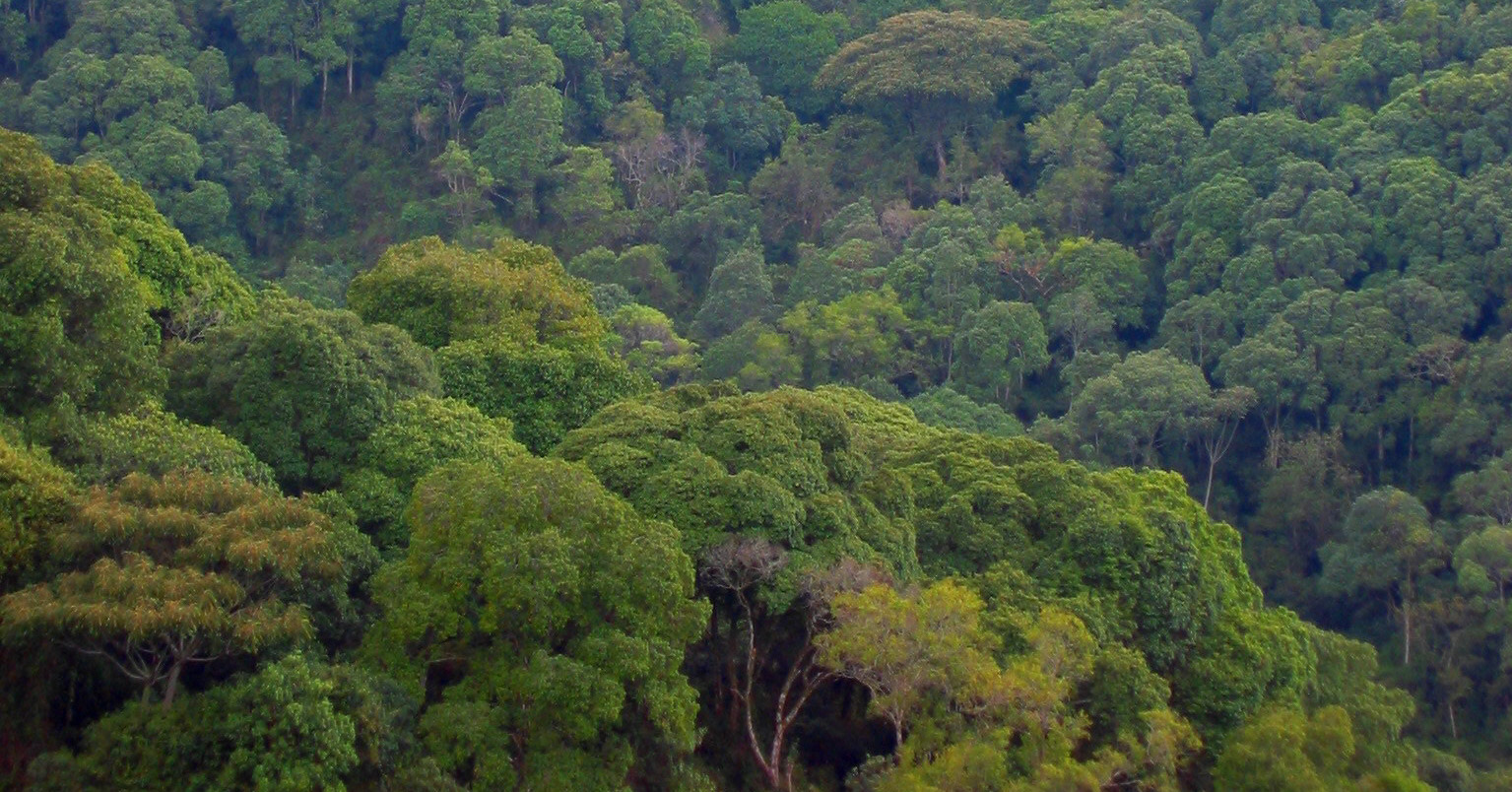An overview of the forest sector
The forest sector contributes approximately 4% to Uganda’s gross domestic product (GDP), attributed mainly to industrial wood harvested from both natural forests and plantations. It is also worth mentioning that the same forests generate 61% of the total income obtained from tourism, thanks to the country’s lush natural forests.
The National Environmental Management Authority (NEMA) estimates the total economic contribution of Uganda’s forestry resources at USD 1,277 million, which combines both tangible products and ecosystem services.

Despite the immense value of the forest resources, Uganda has lost an estimated 50% of its natural forest cover in 25 years.
This astronomical reduction from 4,880,484 ha in 1990 to 1,829,779 ha in 2015 was driven mainly by rapid population growth, agricultural expansion, and infrastructure development. Furthermore, the rapid loss of forest cover has also led to increased carbon emissions, loss of critical habitats for biodiversity, which includes Uganda’s iconic and charismatic species of primates.
It is against such a background that sustainable management of the forest sector could significantly contribute to Uganda’s industrial development, thanks to the ever increasing local and global demand for sustainably produced products and ecosystem services.
Opportunities for certifying woodlots, industrial plantations and natural forests in Uganda
The rapid growth of UTGA membership and the achievements of the Sawlog Production Grant Scheme (SPGS) project demonstrates that Uganda has a high potential for plantation development on both public and private land.
The development of wood-based manufacturing will stimulate further investments in tree growing, local manufacturing and create more opportunities for improved livelihoods of smallholder rural populations.
The fact that the government is willing to include forest products in sustainable procurement through the ongoing review of its Public Procurement Policy will favor certified and/or legal wood by the Central Government. This is potentially a transformational driver for responsible forest management and certification.
Degraded natural forest areas and forest lands in Uganda provide an opportunity for both restoration and commercial tree growing by investors, including smallholders. Smallholders could then be helped to access markets for certified wood that they would not have ordinarily accessed; which would be, a poverty reduction scheme in a renewable resource context.

The ‘stamp of approval’ associated with compliance with the FSC standards will help Uganda to access markets in East Africa and beyond.
A forest-based economy will increase Uganda’s capacity to meet its global commitments to green growth, climate change mitigation, employment creation and poverty reduction.
FSC is seeking support from development partners, multilateral funding agencies, private foundations, and businesses to scale up its activities in Uganda and Eastern Africa. This will go towards:
Scaling up the FSC Group Certification Schemes in Uganda by providing more resources
01 (concessionary loans and grants) and promoting
market expansion to facilitate more certified tree growers into the UTGA Group Certification Scheme.
Training local communities adjoining protected area forests to participate in the management of the
02 forested habitats to enable recovery of degraded landscapes and generate verified ecosystem
services claims under the FSC Ecosystem Services Procedure.
03 Financing small-scale tree growers to meet the product quality standards for markets for certified wood and wood products, supply and value chains.
Strengthening the capacity of government agencies
i.e National Forest Authority (NFA), Uganda Wildlife
04 Authority (UWA), and the respective Local
Governments to certify the natural forests and government-owned plantations under their management.
05 Supporting policy reforms and forestry governance to create conditions for private sector investments in
wood-based manufacturing and value chain development.
Photo courtesy: National Forestry Authority (NFA).